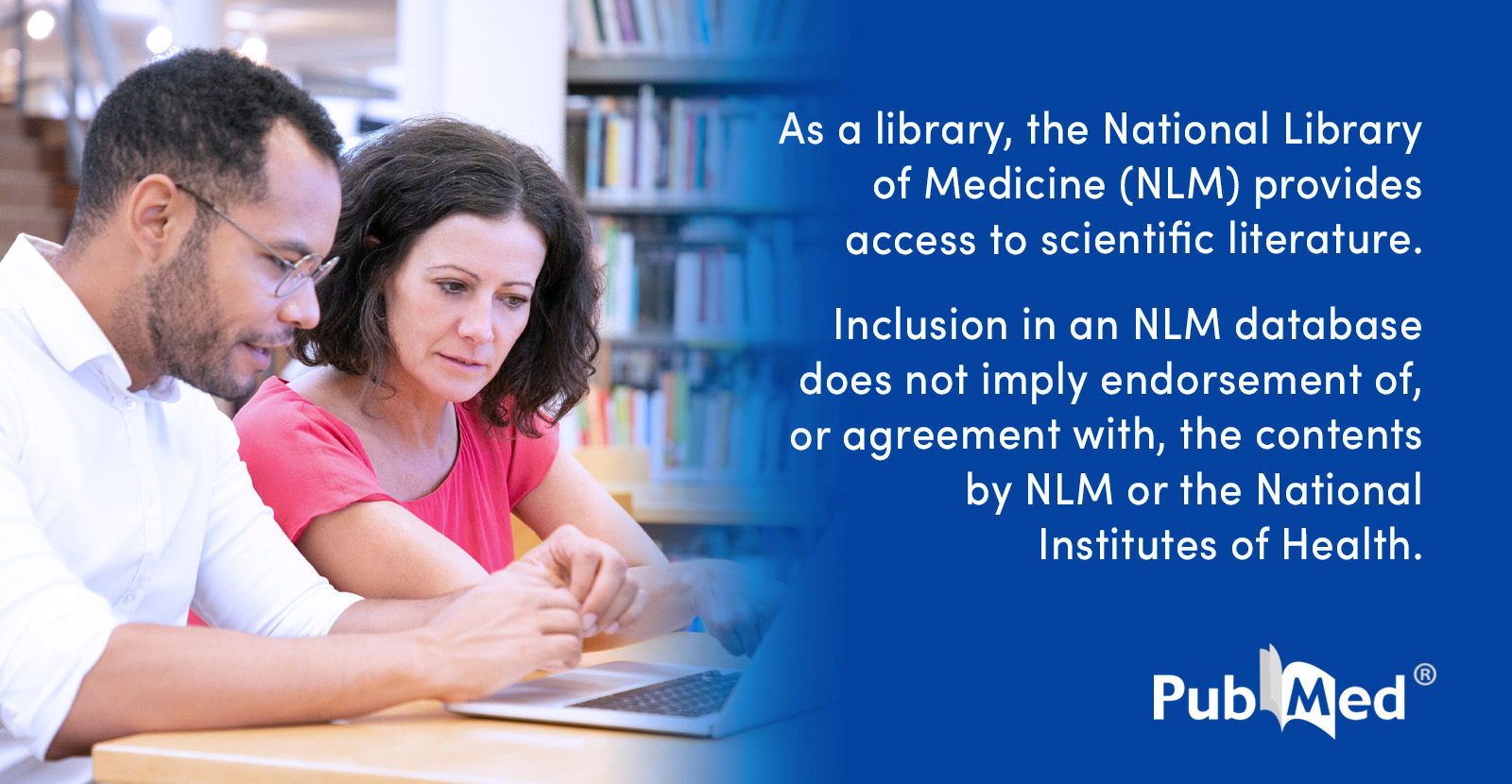In the fight against cancer and infection, honey is a compelling solution by virtue of its unique chemical composition; however, current medical-grade honeys are expensive and limited in their scope. In this study, a novel medical-grade honey was developed by maximizing the activity of glucose oxidase (GOX), an enzyme in honey that synthesizes hydrogen peroxide; maximization was done by neutralizing the effects of catalase and methylglyoxal (MGO), compounds in honey that interfere with H2O2 accumulation. Expressed GOX activity was quantified via H2O2 accumulation in honey after catalase, MGO, or both were inhibited. Results indicate the honeys tested have significant quantities of H2O2 inhibitors, greatly affecting expressed GOX activity; neutralization resulted in at least a 100% increase in H2O2 accumulation in all honeys. Blueberry honey with catalase inhibition by EGCG saw a 938% increase in H2O2 accumulation, reaching nearly three times the H2O2 accumulation in current medical grade honey for a tenth of the cost. This research presents a novel and readily reproducible method for maximizing H2O2 accumulation in any honey through neutralization of GOX inhibitors. GOX activity enhancement, combined with honey’s diverse antioxidants, enables the emergence of global low-cost medical-grade honeys with immense potential to revolutionize cancer and infection treatment.

Developing a unique medical-grade honey which maximizes glucose oxidase activity
In the fight against cancer and infection, honey is a compelling solution by virtue of its unique chemical composition; however, current medical-grade honeys are expensive and limited in their scope. In this study, a novel medical-grade honey was developed by maximizing the activity of glucose...www.biorxiv.org
So you should sweeten your green tea with honey.
Melatonin is a well-documented antioxidant. Physicochemical analysis using the density functional theory suggests that melatonin is a copper chelating agent; however, experimental evidence is still in demand. The present study investigated the influence of melatonin on reactive oxygen species (ROS) generated from polyphenol autoxidation in the presence of copper. Surprisingly, we found that melatonin paradoxically enhanced ROS formation in a redox system containing low concentrations of copper and quercetin (Que) or (-)-epigallocatechin-3-gallate (EGCG), due to reduction of cupric to cuprous ion by melatonin. Addition of DNA to this system inhibited ROS production, because DNA bound to copper and inhibited copper reduction by melatonin. When melatonin was added to a system containing high concentrations of copper and Que or EGCG, it diminished hydroxyl radical formation as expected. Upon addition of DNA to high concentrations of copper and Que, this pro-oxidative system generated ROS and caused DNA damage. The DNA damage was not prevented by typical scavengers of hydroxyl radical DMSO or mannitol. Under these conditions, melatonin or bathocuproine disulfonate (a copper chelator) protected the DNA from damage by chelating copper. When melatonin was administered intraperitoneally to mice, it inhibited hepatotoxicity and DNA damage evoked by EGCG plus diethyldithiocarbamate (a copper ionophore). Overall, the present study demonstrates the pro-oxidant and antioxidant activities of melatonin in the redox system of copper and polyphenols. The pro-oxidant effect is inhibited by the presence of DNA, which prevents copper reduction by melatonin. Interestingly, in-vivo melatonin protects against copper/polyphenol-induced DNA damage probably via acting as a copper-chelating agent rather than a hydroxyl radical scavenger. Melatonin with a dual function of scavenging hydroxyl radical and chelating copper is a more reliable DNA guardian than antioxidants that only have a single function of scavenging hydroxyl radical.

Antioxidant and Pro-Oxidant Activities of Melatonin in the Presence of Copper and Polyphenols In Vitro and In Vivo - PubMed
Melatonin is a well-documented antioxidant. Physicochemical analysis using the density functional theory suggests that melatonin is a copper chelating agent; however, experimental evidence is still in demand. The present study investigated the influence of melatonin on reactive oxygen species...pubmed.ncbi.nlm.nih.gov
Ascorbic acid should probably be added to this mixture, since it enhances H2O2 formation when combined with copper.
